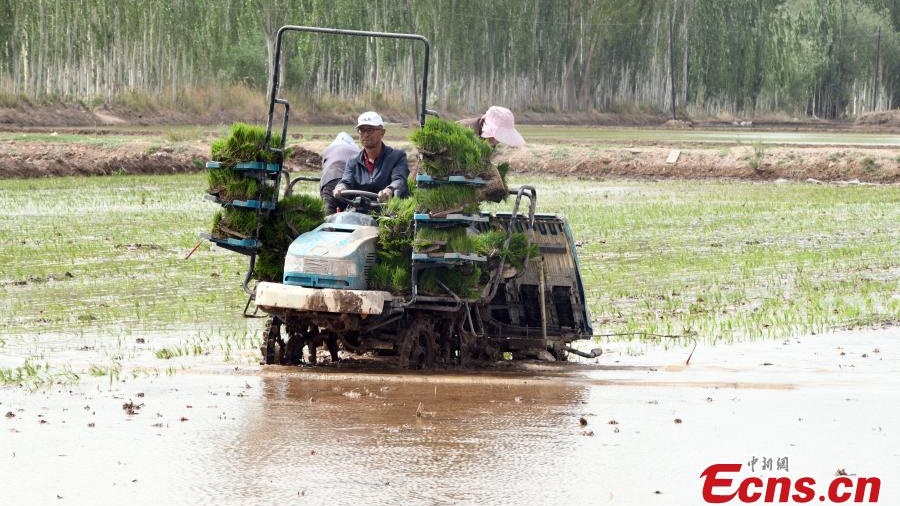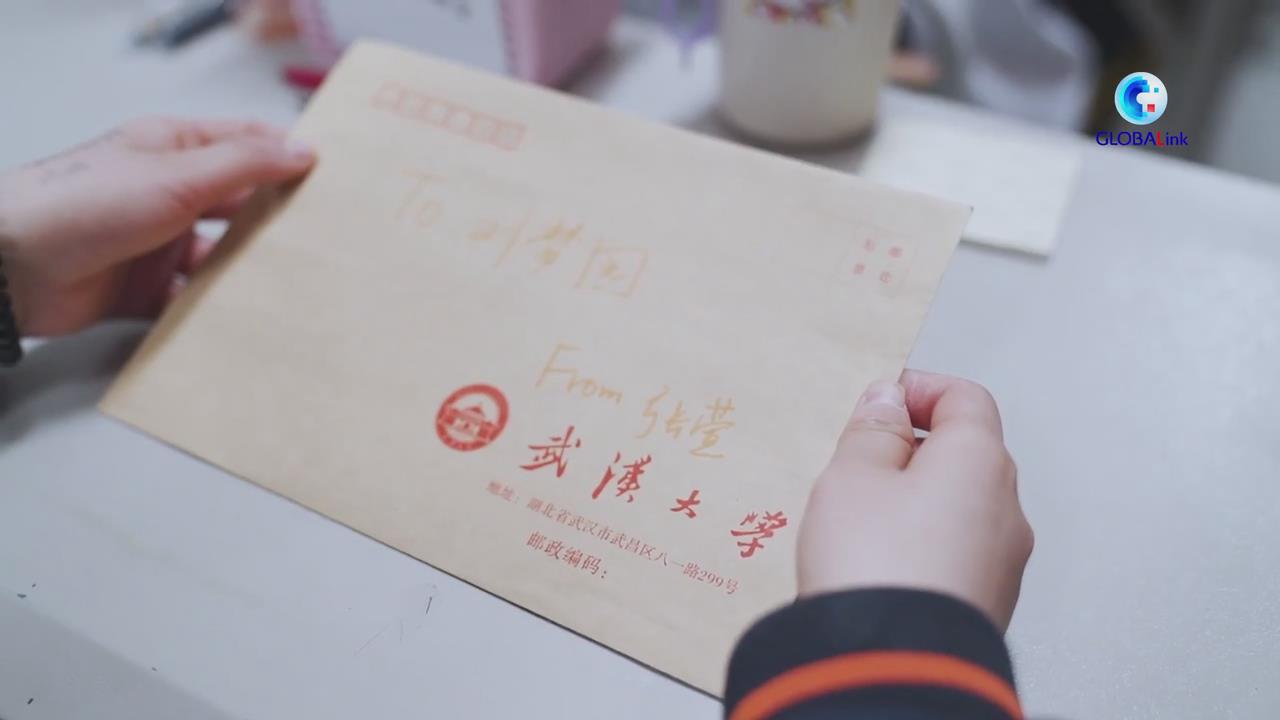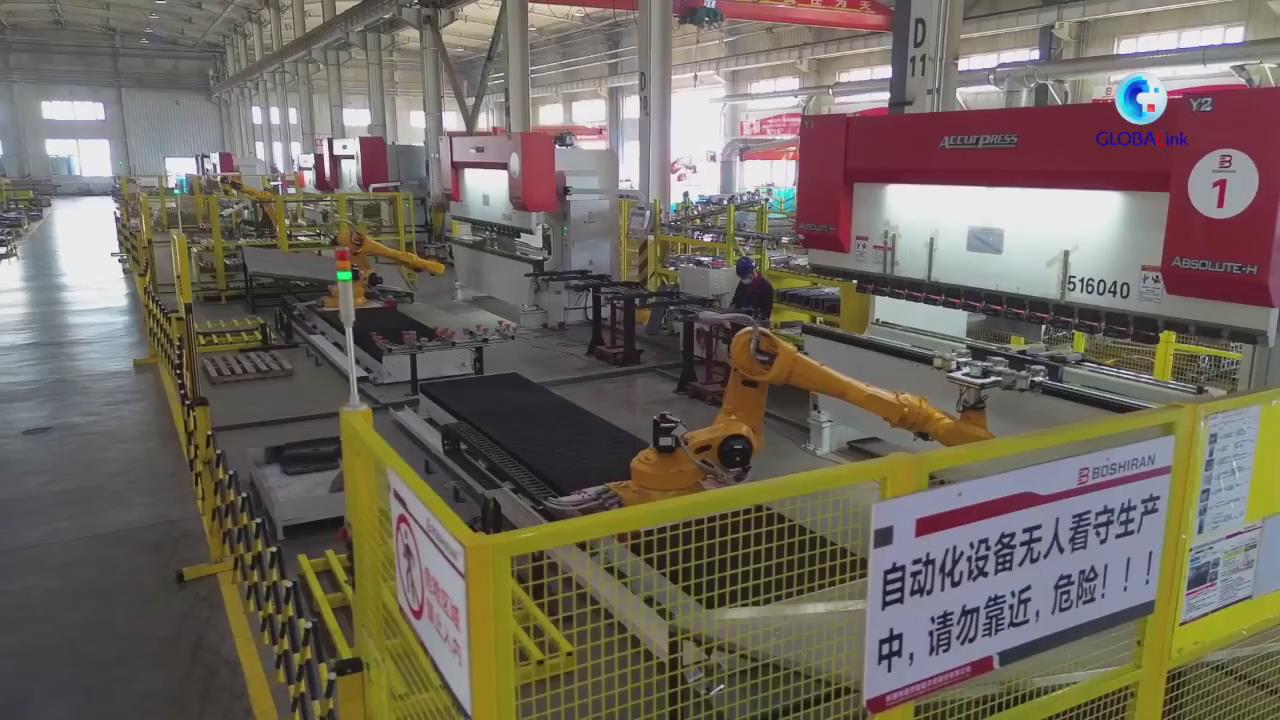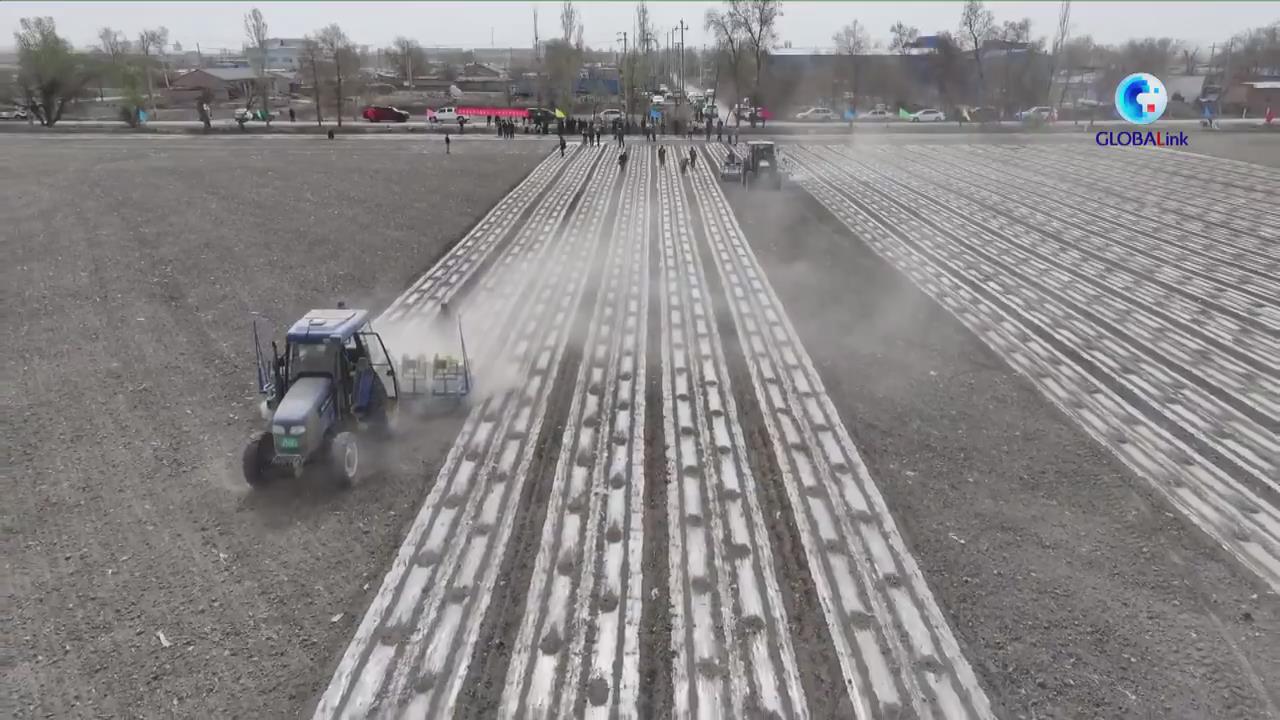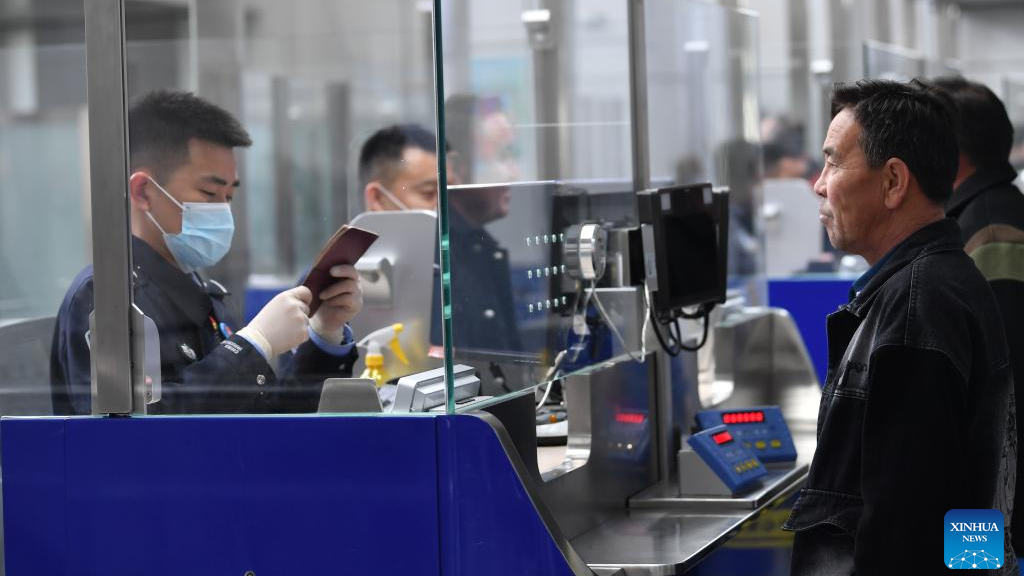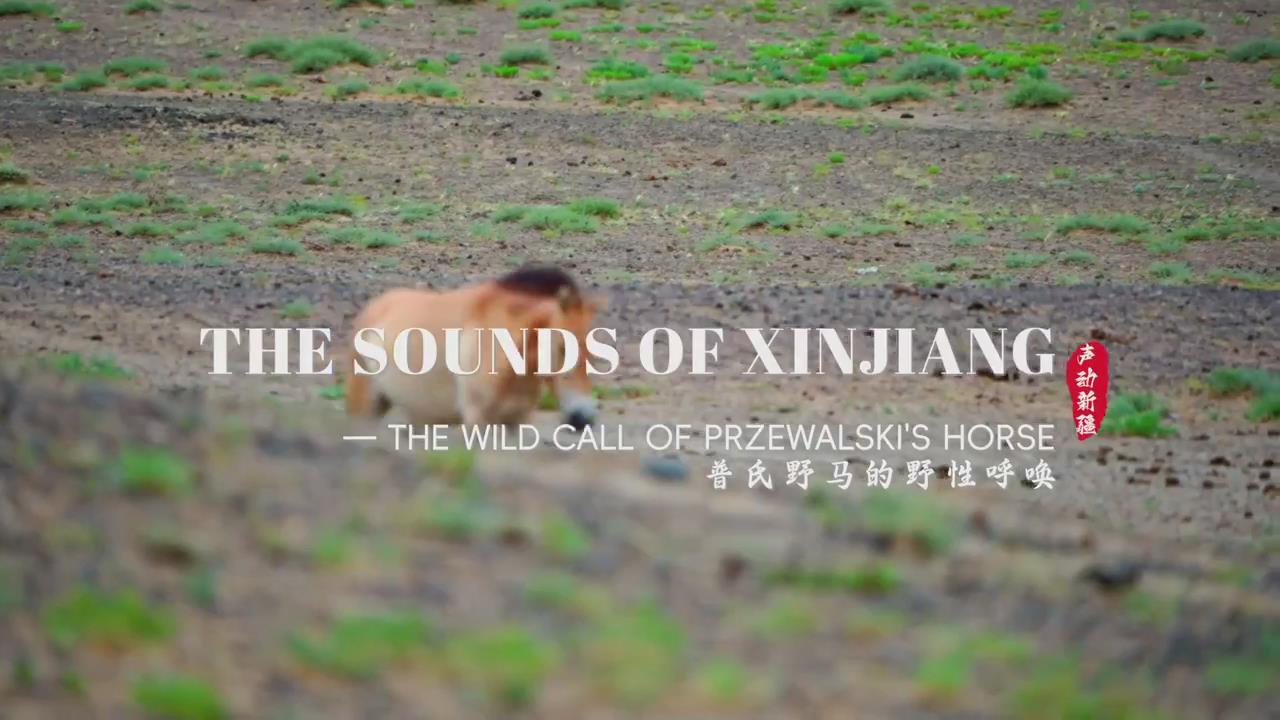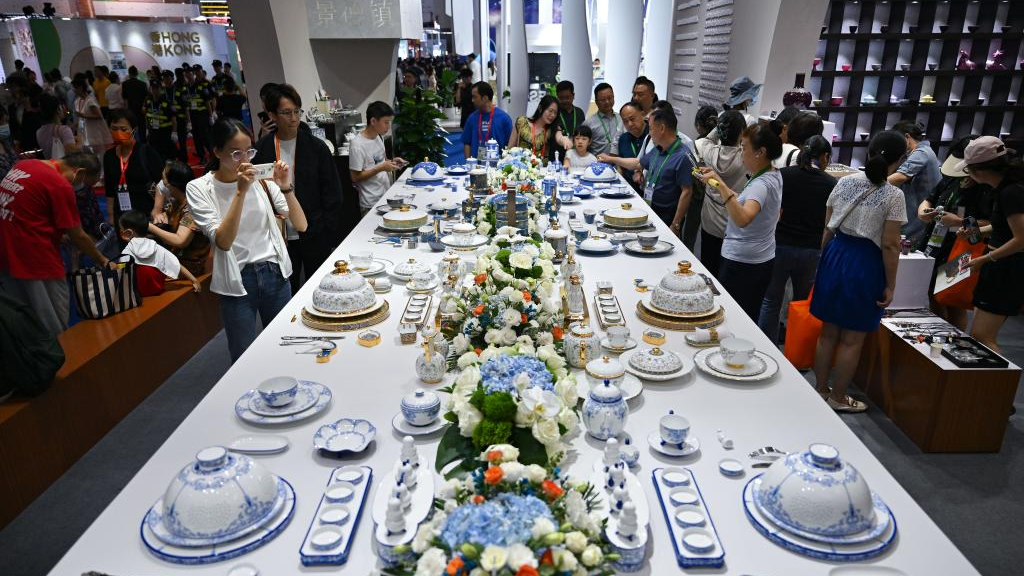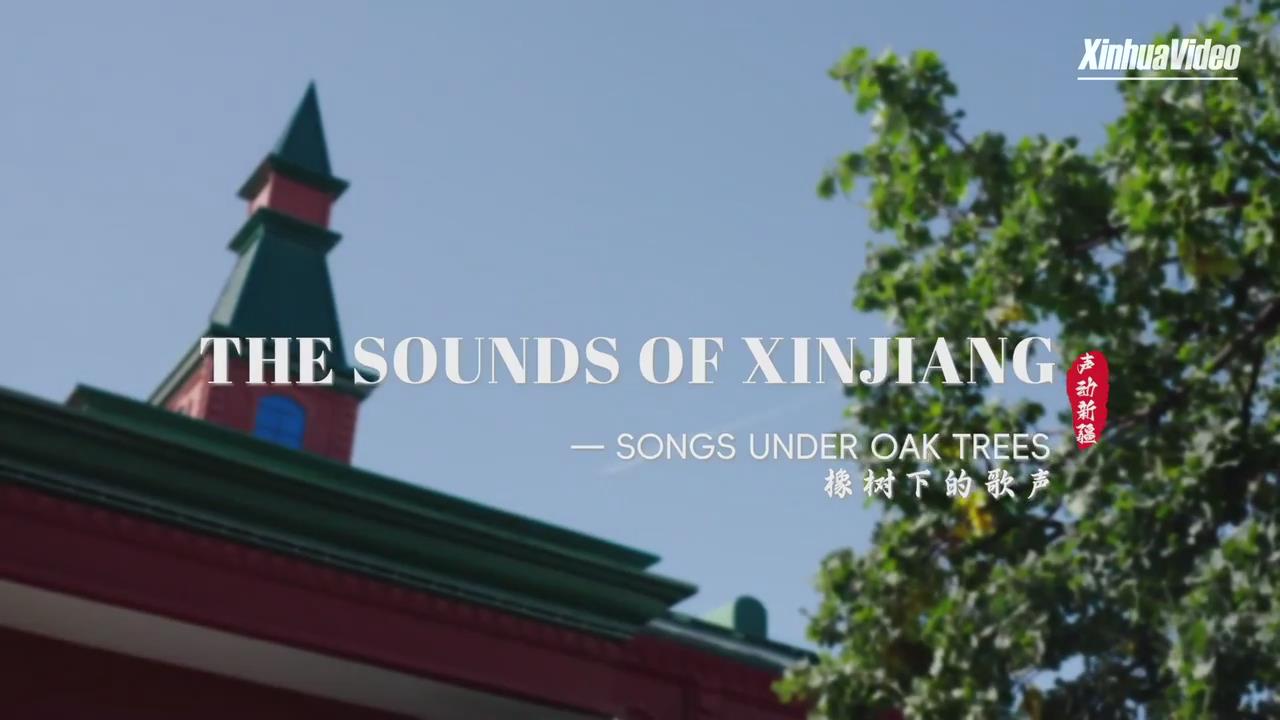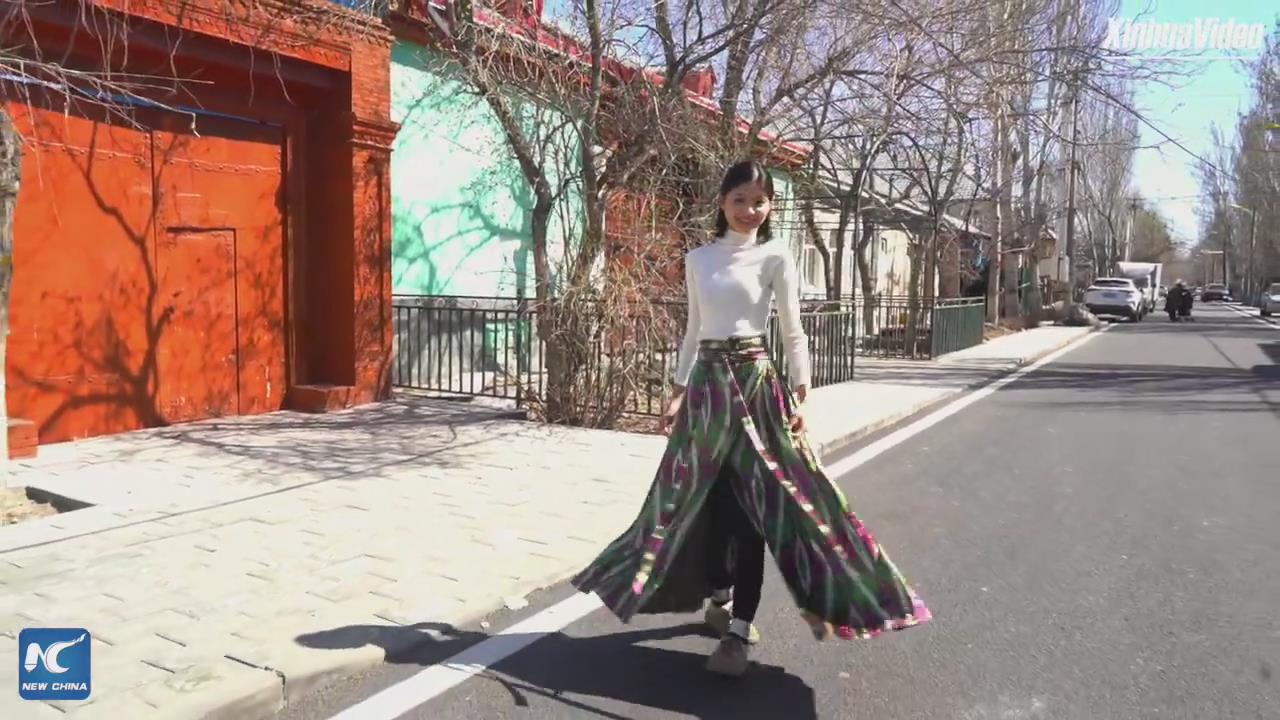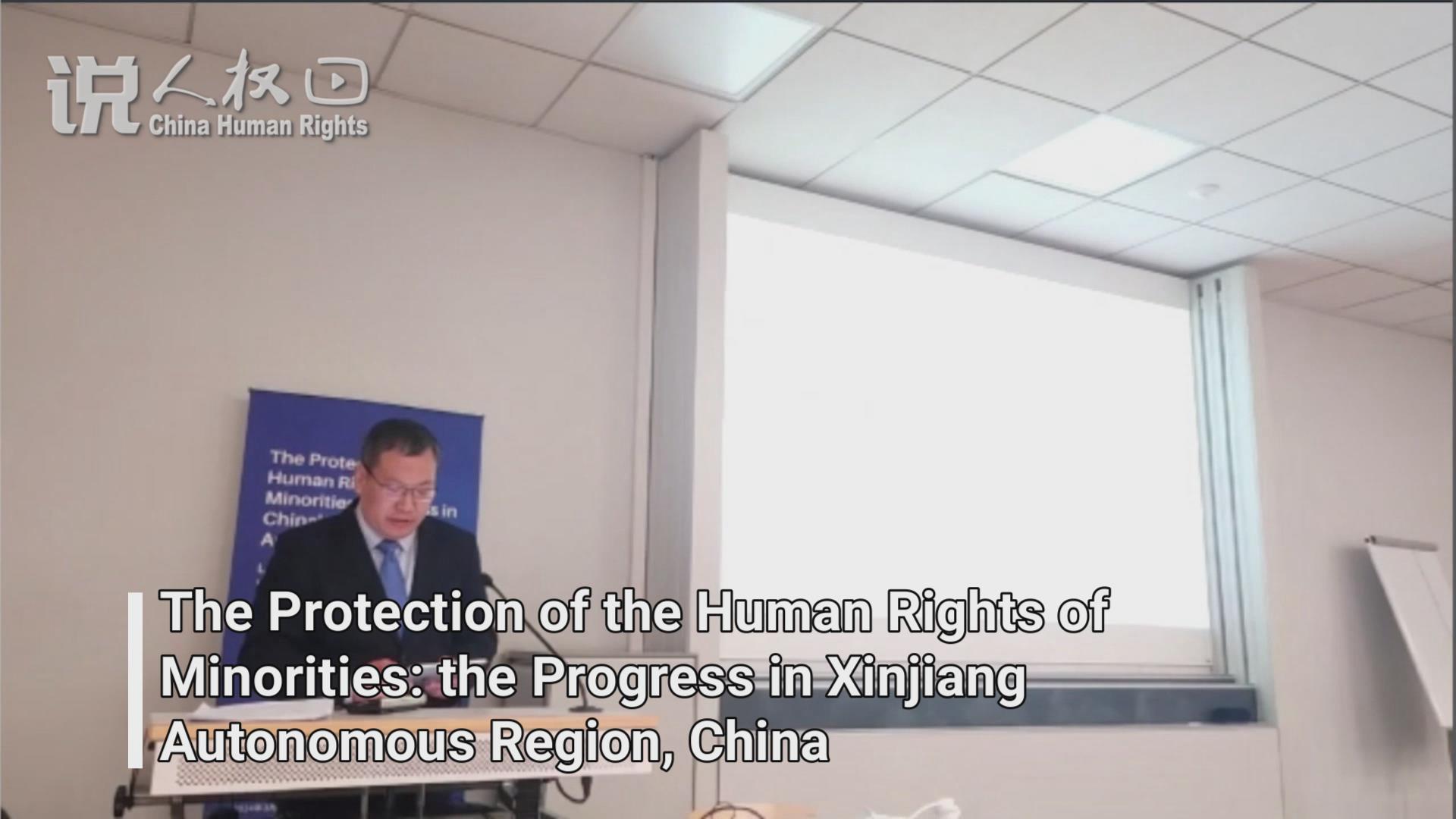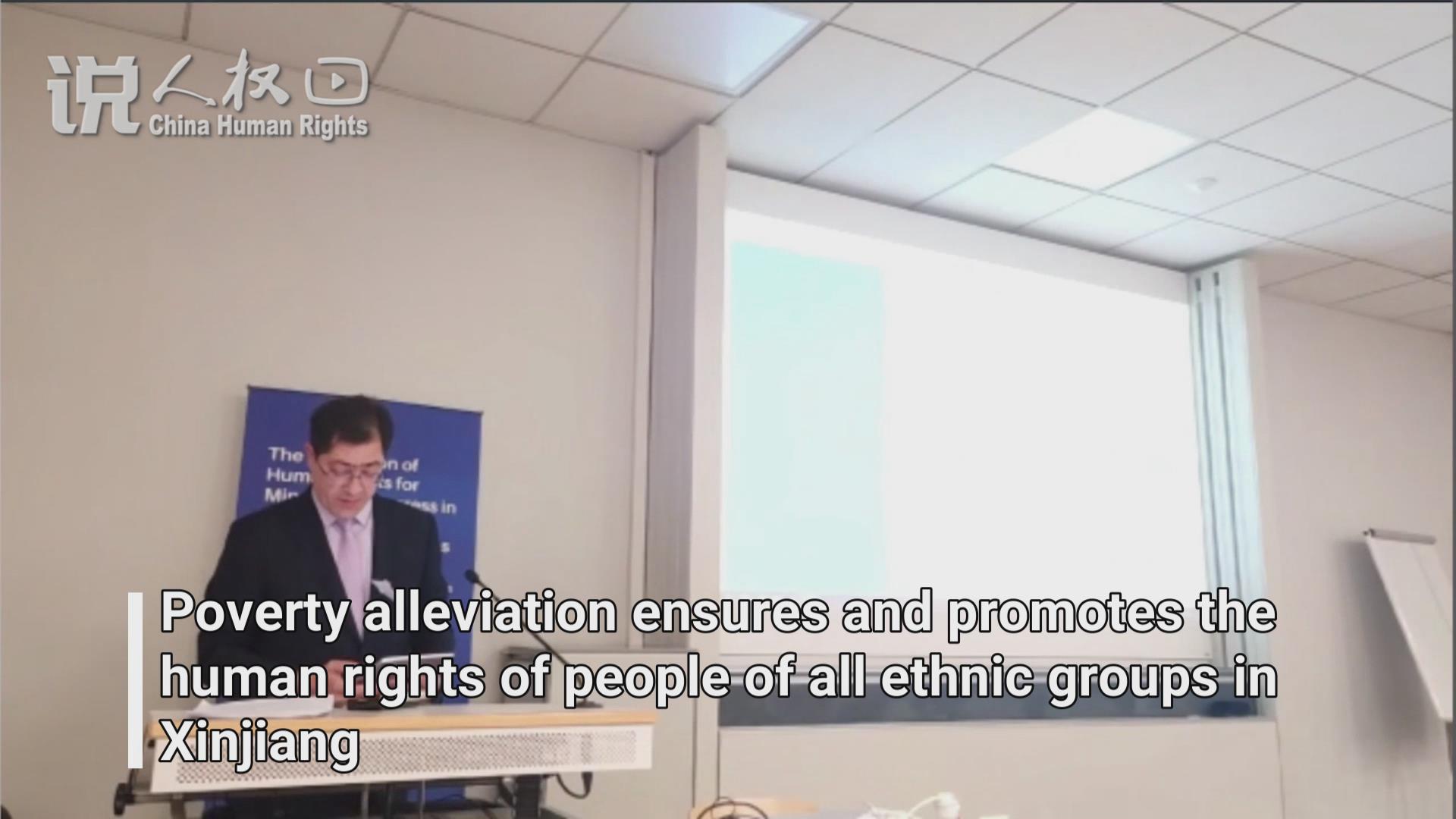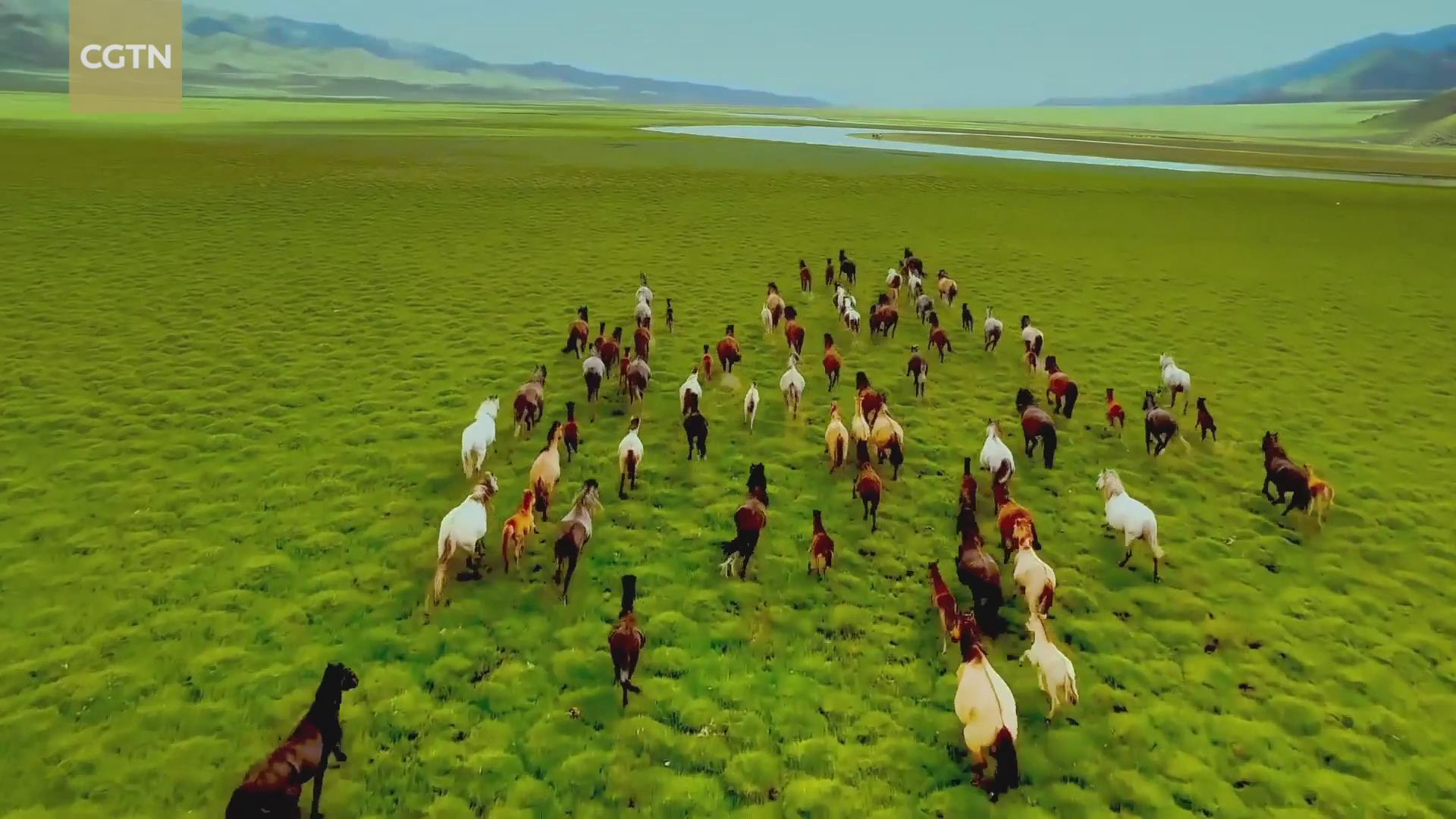Shadow puppetry, also known as shadow play, is a type of Chinese traditional drama performance presented by silhouette figures carved from hides or paperboards. Performers stay behind a white curtain, manipulate the shadow puppets, and move along with the songs of local operas.
A man in northwest China’s Xinjiang Uygur Autonomous Region has spent over 20 years committed to preserving and passing down the traditional Chinese art of shadow puppetry, which has been designated an intangible cultural heritage item.

Zhu Xingui, a representative inheritor of traditional Chinese shadow puppetry, manipulates shadow puppets in northwest China’s Xinjiang Uygur Autonomous Region. (Chinanews.com/Pan Qi)
Zhu Xingui is a representative inheritor of the art form at the autonomous region level. Born into a family of opera artists, Zhu learned shadow puppetry from his father and other masters of the traditional Chinese art form.
Zhu has integrated shadow plays with modern elements and the local cultures of Xinjiang, which are preferred by locals. For instance, he has added Atlas silk, a time-honored type of cloth used by Uygur women for centuries, to his works. In recent years, he has created several Xinjiang-themed shadow plays.
Together with Zhu are several young inheritors of shadow puppetry in Xinjiang.
There is an eight-member shadow puppetry troupe in Yongfeng township, Urumqi county of the autonomous region. All the members are college students born after 2000, and they perform shadow puppetry shows during their spare time.
The eight students have become well-known locally. They are invited to give performances at communities and shopping malls on holidays and festivals.
“We use the revenue from commercial performances to buy shadow puppets and costumes, and support our charity performances,” said Zhao Bowen, one of the members.

Photo shows shadow puppets with Xinjiang characteristics. (Chinanews.com/courtesy of the interviewee)
Yang Shan, an inheritor of shadow puppetry in Urumqi, capital city of Xinjiang, led Urumqi No. 76 primary school in establishing a shadow puppetry society for students in 2017. To enable more students to systematically learn the art form, Yang and several fine arts teachers at the school wrote a textbook on shadow puppetry, including the making of shadow puppets and shadow puppet performances.
Yang said over 1,000 students of the primary school have learned shadow puppetry, and the school was recognized as a shadow play inheritance base in 2021.
But few young people decide on a career as shadow puppetry artists due to complex procedures involving the making of shadow puppets, high requirements in terms of performances, and meager income, according to Zhu.
Fortunately, the intangible cultural heritage enjoys new possibilities. Zhang Jielu, a post-90s Chinese designer, integrated shadow puppetry with jewelry, and her works shined at a fashion week overseas. “That provides important inspirations for the development of shadow puppetry in Xinjiang,” Zhu said.
Zhu suggested producing shadow puppetry artworks with regional characteristics and modern elements, and blending the traditional craft with new fashion trends for better inheritance.


